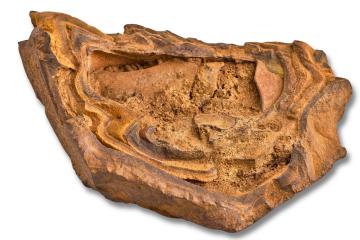Explore the Histories of Northamptonshire Interactive Timeline
Geologic to Prehistoric
Before 43CE
Inhabiting the ancient geological landscapes shaped by tropical seas, ice and climate change, early human activity in the area lays the foundations of settlement and life in our county.
Jurassic Fossil Kallirhynchia sharpi
168 million years ago, Northamptonshire lay beneath a warm sea teeming with marine life, including this fossil brachiopod Kallirhynchia sharpi.
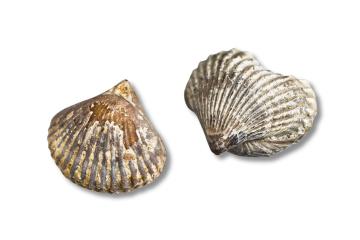 ©
NMAG
©
NMAG
Screw Pine Fossil
This screw pine fossil is a rare type specimen. Parts of Jurassic Northamptonshire were submerged in a shallow warm sea and tropical plants thrived on the nearby land.
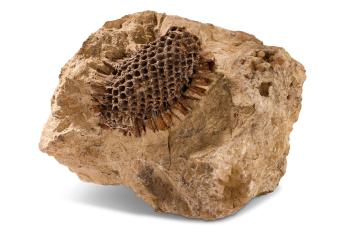 ©
NMAG
©
NMAG
Dinosaur Footprint
This 166-million-year-old dinosaur footprint cast, found in Irchester, is Northamptonshire’s first dinosaur evidence, likely made by a Megalosaurus
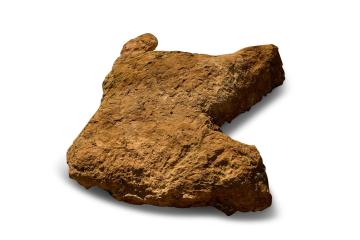 ©
NMAG
©
NMAG
Mammoth Tooth
This tooth belonged to a woolly mammoth that roamed Northamptonshire during the Great Ice Age as recently as 11,700 years ago.
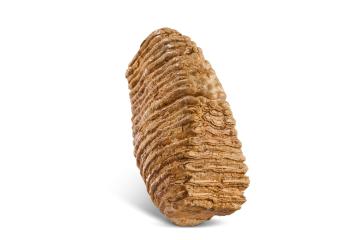 ©
NMAG
©
NMAG
Woolly Rhinoceros Bone
This ulna (leg bone) comes from a woolly rhinocerus that lived in Northamptonshire during the Pliocene and Pleistocene ice Age.
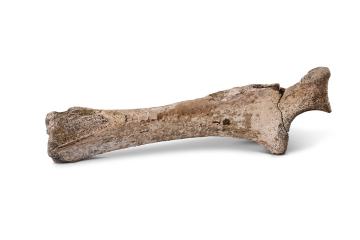 ©
NMAG
©
NMAG
Palaeolithic Lyngby Axe
The only example of a Lyngby axe found in Britain, this multi-purpose tool was used by people in the Upper Palaeolithic (Old Stone Age).
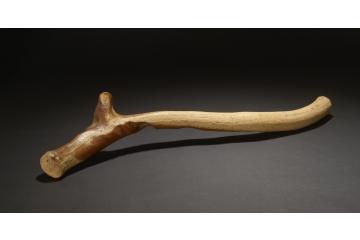 ©
The Trustees of the British Museum
©
The Trustees of the British Museum
Mesolithic Flint Microlith
Flint microlith - small stone tool made and used by nomadic hunters gatherers living in the Nene Valley during the Middle Stone Age.
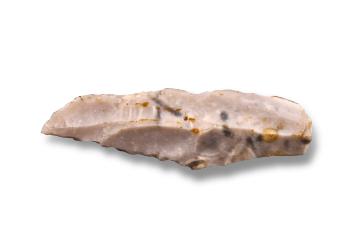 ©
NMAG
©
NMAG

